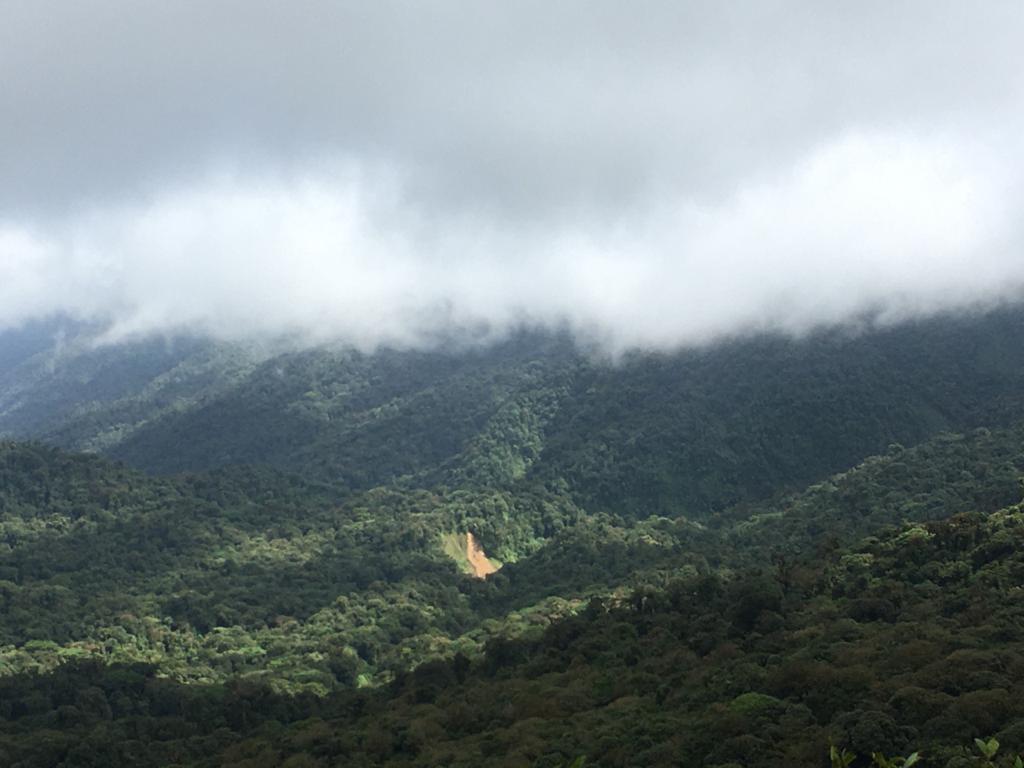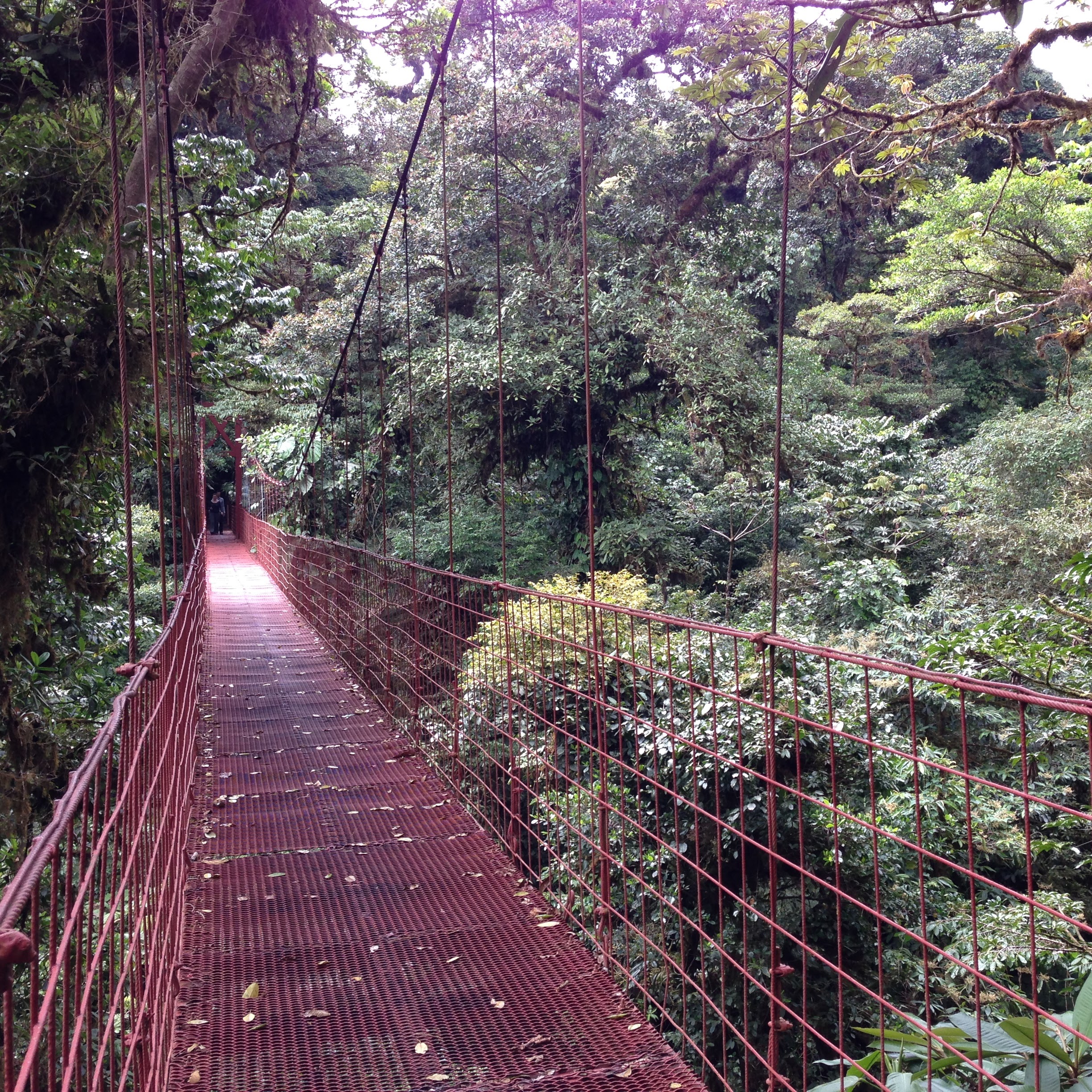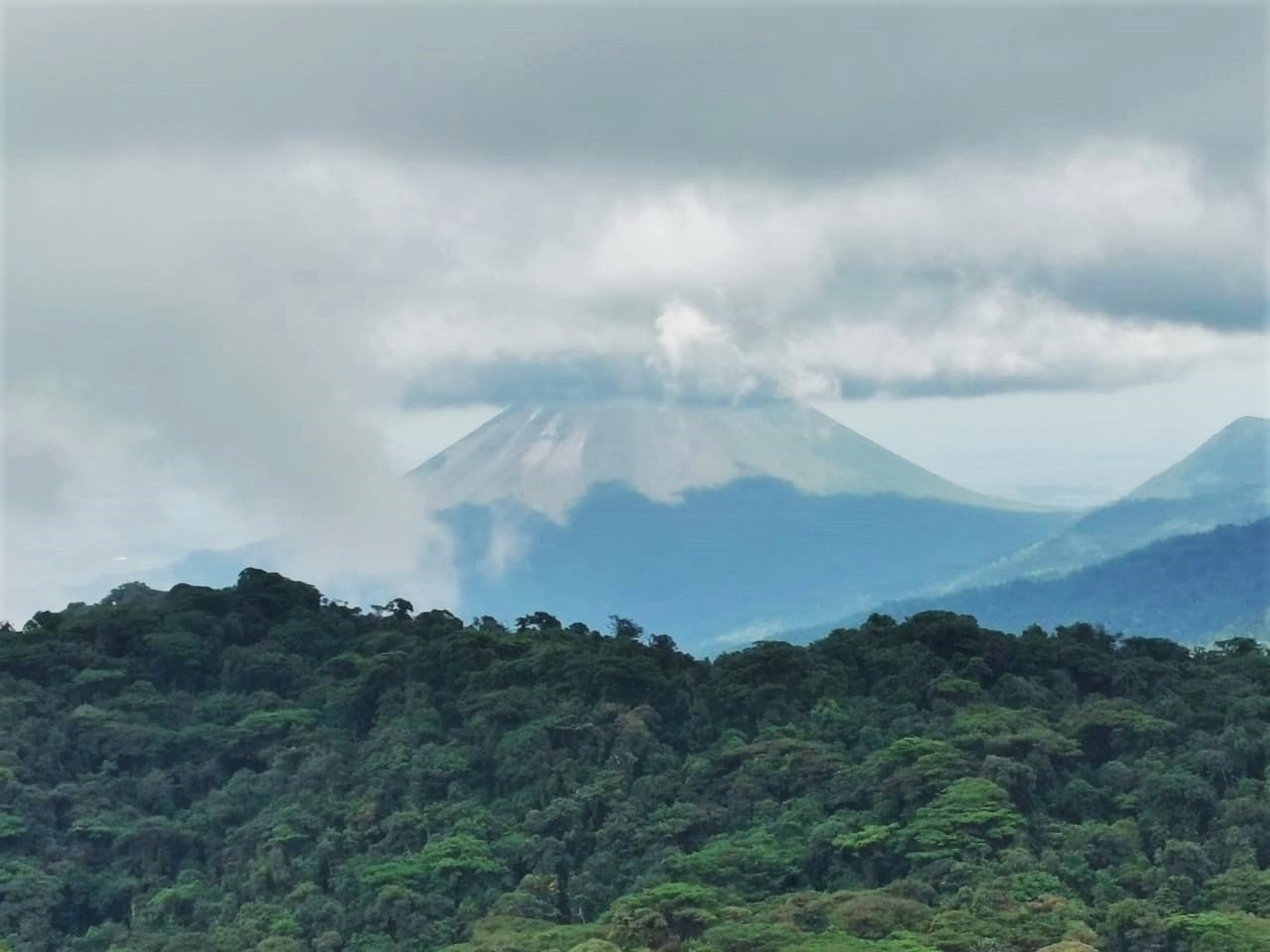Should I take a guided tour?
If you have particular plants or animals that you would like to see on your tour or want to learn about the forest you are in, it is worth taking a guided tour. A guide cannot guarantee seeing any plant or animal, but has experience spotting them and may even know where good places are to see certain organisms. For someone new to this type of forest, finding specific animals or plants can be challenging, which is where a guide can be helpful, as well as providing complementary information that can make your experience of the forest more interesting and enjoyable.
If you want to take a walk through the forest and appreciate the sounds and feel of the forest you are in, this can be equally enjoyable without a guide.
Which reserve should I take a tour at?
Each of the main reserves in the Monteverde area is unique and you may want to visit multiple reserves while you are in the area. Here is a small description of each, to help you decide which you would like to visit.


Monteverde Cloud Forest Reserve
This is the most popular reserve to visit in Monteverde. Founded in 1972 by local biologists and conservationists, this was the first protected area in Monteverde.
The forest in this reserve is primary cloud forest, and while it is the most popular, there is a limit to the number of people who can be in the reserve at one time, so you shouldn't feel crowded. If you want to experience the classic Monteverde cloud forest, this is the best reserve for that. Attractions within this reserve, other than the flora and fauna, are a waterfall, a short hanging bridge, and a platform straddling the continental divide, where you can see both the Pacific and Caribbean slopes.
Curi-Cancha Reserve
This reserve opened more recently, in 2011, and contains a mix of open pasture, secondary forest (regrown in the past 30 years or so), and some primary forest. There is cloud forest, but mostly transitional forest. It is a good reserve to visit for easy birdwatching because of the open areas, although many of the species can be seen at other reserves as well.
The trails are wide and accessible to golf carts for people with mobility challenges, if this service is arranged ahead of time.

Santa Elena Reserve
This reserve is the only government-owned park in the Monteverde area, although it is managed by the local high school. It contains a mix of primary and secondary cloud forest and is on the Caribbean slope of the Tilarán mountain range. It contains a short trail that is fully paved and a platform with views toward the volcanoes of the Guanacaste mountain range on clear days.
Children's Eternal Rainforest
This is the largest private reserve in Costa Rica, protected in 1986 by local conservationists supported by children from all over the world, among other sources. The Bajo del Tigre sector, accessible from Monteverde, is secondary transitional forest, drier than the cloud forest. Within the reserve
Will I see the animals I want to see?
You're in Monteverde and excited to see a quetzal, or a sloth! It is great for me to know what you're hoping to see at the start of the tour, because I can keep more of an eye out for it. However, the animals found in Monteverde are not always here for the whole year and are not always easy to find, either. So, no guide can guarantee that you will see the wildlife you are hoping to see, although some are easier to find than others.
For example, quetzals are usually found in Monteverde, but there are months where they are easier to see. And while many of the wild cats of Costa Rica can be seen in the Monteverde zone, they are extremely rare to see, even many locals have never seen them!



